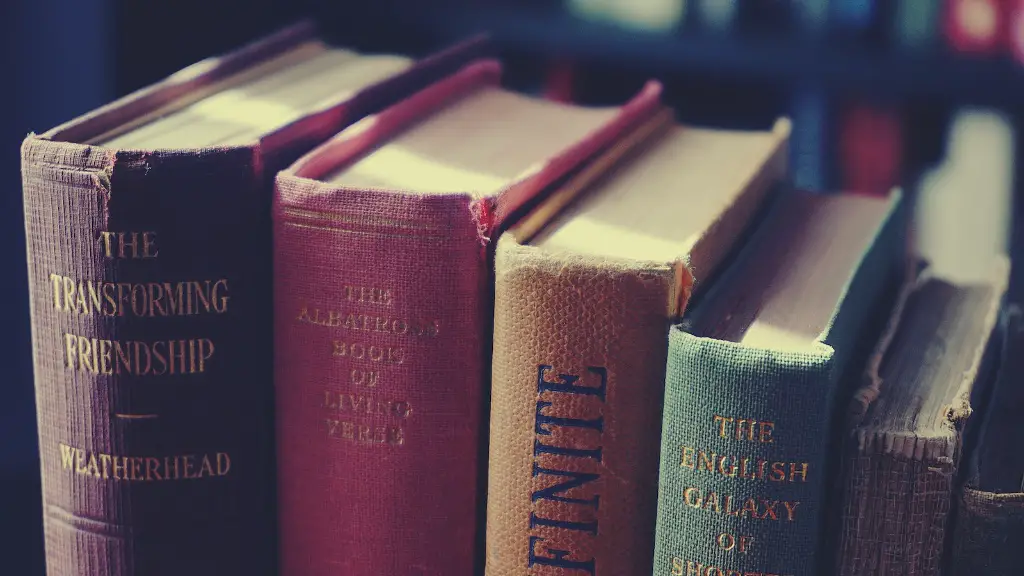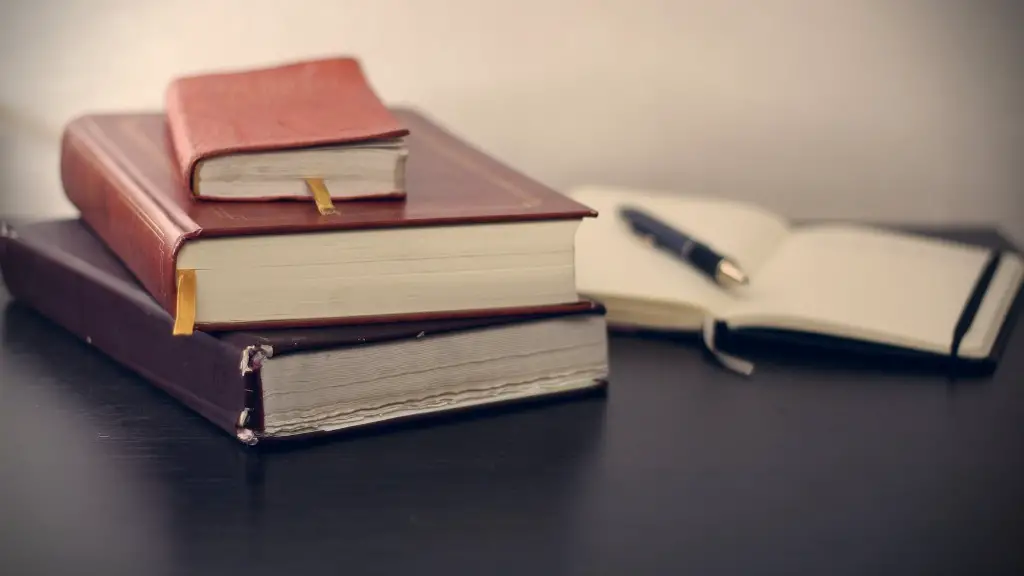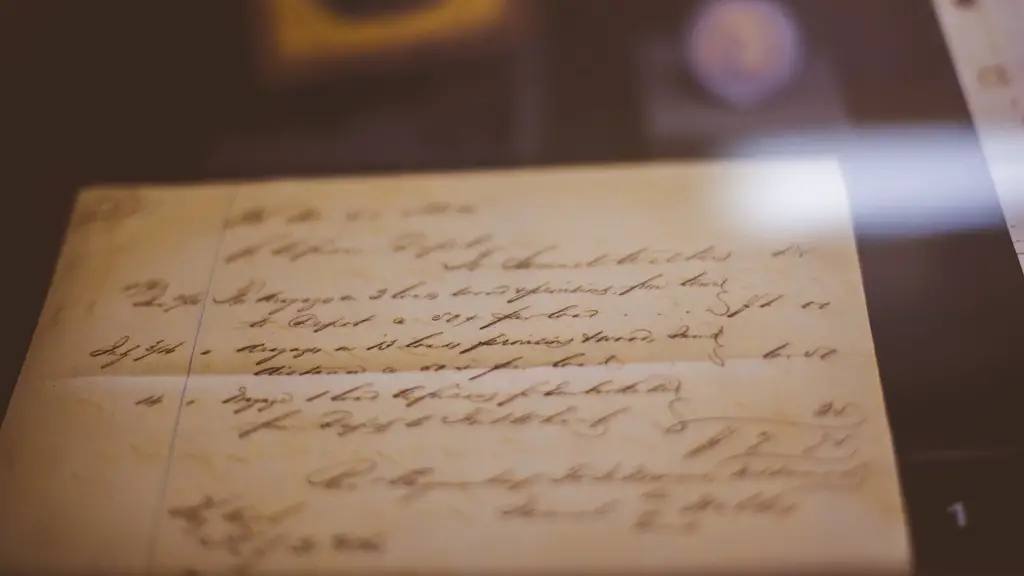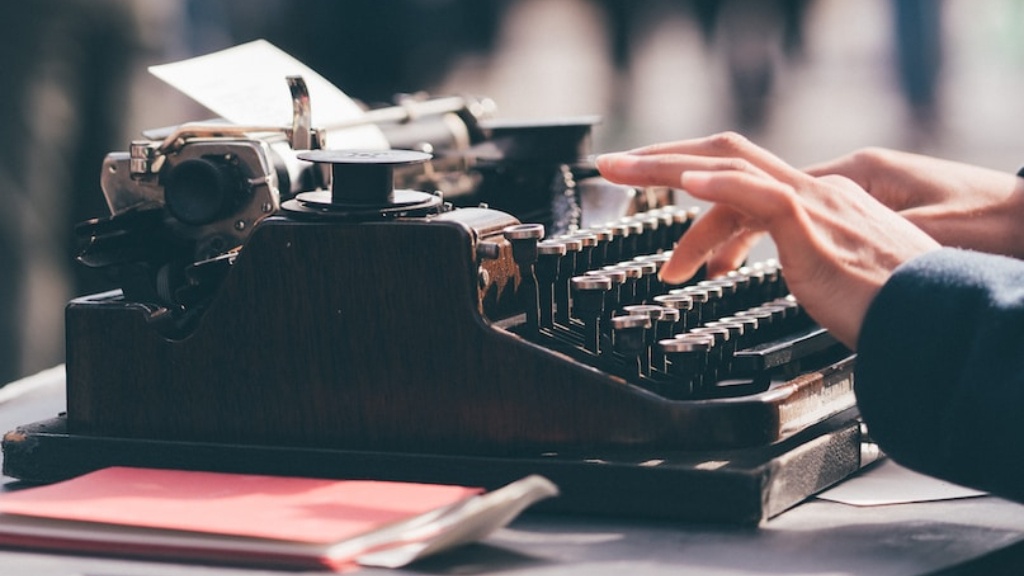Rhythm in poetry is one of the most complicated and widely discussed subjects in literature – and it can be difficult to find an anecdote or comparison to understand the best definition. In poetry, rhythm is often determined not only by syllable counts and rhyme schemes, but by subtle changes in the length and emphasis of words. A poem without a strong rhyme scheme or regular meter can still have its own unique cadence, or rhythm.
When looking at the definition of poetry, the most generally accepted definition is a written form of expression using figures of speech and rhythm. So, what defines rhythm in poetry? To put it simply, rhythm is the pulse of the poem, controlling the movement and pace of the poem, creating a recognizable pattern.
One way to define rhythm in poetry is to break it down into two components: regularity and variety. Regularity refers to the organizational structure of the poem’s rhythm, where each line is organized to emphasize certain words and phrases. Variety is the layer on top of regularity, which can be achieved by elements like assonance, alliteration, and internal and external rhymes.
Another way to define rhythm in poetry is to focus on the flow of the words. When reading aloud, the reader should be able to feel the natural rhythm created by where consonants and vowels are placed and how they interact with each other and the words around them. Some poets also use sound and music to bring rhythm to their work, by using a unique combination of word sounds to create a melody or rhythm.
Rhythm can also be referred to as the time factor of poetry – poems are often written in a certain time frame and measure, such as syllables or beats per line. This is especially prominent in traditional poetry forms such as ballads and sonnets, because they rely heavily on repetitive rhythms to convey their meaning. By manipulating the speed and emphasis of each syllable, poets can bring life to their words and create a deeper, more meaningful connection with the reader.
Finally, rhythm can be seen as a form of expression, creating a songlike quality in the poem. The rhythm of a poem speaks louder than the words it contains, and can often be used to express and convey emotion, like joy, sorrow, or love.
Versification
Rhythm in poetry is also affected by the meter, or versification. Versification is the method of organizing lines of poetry into regular rhythmic patterns. Most poets use traditional metrical patterns, like iambic pentameter or dactylic hexameter, and these patterns rely on syllable counts and stress patterns. While iambic pentameter and dactylic hexameter are the most common metrical patterns, more unusual metrical patterns, like anapestic pentameter and amphibrachic tetrameter, can also be used to create unique rhythms.
In addition to the pattern of stressed and unstressed syllables, poets can also use rhymes, assonance, and vowel sounds to create a more melodic, songlike feel. The structure of a poem can also affect the rhythm, by creating an ebb and flow of words and images that draw the reader in. By changing the line length, for example, poets can slow down or speed up the reader’s perception of time, creating a more dynamic reading experience.
Rhyme
Rhyme is another important element of rhythm in poetry. Rhymes are words that sound similar – either in the same line or the same stanza – to create a pleasing effect. Rhyme can be created through vowel sounds, consonants, or using a combination of both. Rhyme can also be used to emphasize important words in a poem, by adding a degree of emphasis to the words that are rhymed.
The use of internal rhymes – when rhyming occurs within the same line of poetry – can be very effective to create subtle shifts in rhythm and help to create an overall poetic effect. This can be used to great effect, to shift the focus of the poem or to emphasize important words or images.
Figurative Language
Figurative language, such as similes, metaphors, and personification, can also be used to create a sense of rhythm in poetry. By using descriptive words and imagery, the poet can create a vivid, rhythmic phrase that brings the poem to life. For example, a simile can be used to compare two unrelated objects. By playing on words and using sound to create a more musical rhythm, the poet can create a powerful, highly descriptive passage of poetry.
Figurative language can also be used to emphasize certain words, or to draw the reader’s attention away from certain parts of the poem. By using figurative language, the poet can manipulate the reader’s focus, and create a strong rhythm that can be felt throughout the poem.
Connotation and Denotation
Interpreting the meaning of a poem also relies heavily on the use of connotation and denotation – the implied meaning of words and the literal meaning of words. By understanding the subtle nuances of words and the implications of certain phrases, the reader can gain a deeper understanding of the poem. This can also be used to create a sense of rhythm, by using words and phrases with a strong connotation to emphasize certain parts of the poem and create a unique, emotive rhythm.
Understanding rhythm in poetry is an ongoing learning process. Every poet has their own unique approach to rhythm, and by focusing on the organization, flow, meter, and word choice, readers can gain a deeper understanding of the poem. By using metaphors and figures of speech, the poet can bring life to the words and create a lasting impression on the reader.
Form
The form of a poem can also affect the way it is interpreted, and the rhythm of the poem. Traditional forms, such as the sonnet and the villanelle, use repetition of certain phrases and words to create a pattern or rhythm. These forms rely heavily on the repetition of lines to create a sense of balance and to build up to a climax. This repetition can be both a blessing and a curse – if the poet is able to use repetition to create a balanced, pleasing pattern, the poem can be quite powerful. If done poorly, however, the poem can become mundane and predictable.
In addition to traditional poetic forms, there are also contemporary forms, such as free verse and blank verse, which rely more heavily on the poet’s personal style. These forms allow the poet more freedom to explore their own ideas, and create a unique rhythm that can be more personal and emotionally charged. However, without the structure of a traditional poetic form, it can be difficult to achieve a pleasing rhythm. It is up to the poet to use their own judgment in creating a rhythm that works.
The Power of Rhythm in Poetry
Rhythm in poetry is one of the most important elements in creating a powerful poem. By understanding the nuances of rhythm and how it can be used to create an emotional impact, the poet can create something truly special that resonates with the reader. By playing with words, imagery, and sound, the poet can create a pleasing melody and develop a unique, meaningful connection with their audience.
Rhythm can also be used as a tool for interpretation. By manipulating the speed and emphasis of words, the poet can create a powerful, evocative experience for the reader. By understanding rhythm in poetry, the poet can use it to their advantage and create a poem that moves and demands to be heard.
Conclusion and Analysis
Rhythm in poetry can be a complicated topic to understand, yet it is essential to creating a powerful and lasting poem. By using a combination of regularity and variety, sound, rhymes, and form, poets can create unique, emotive rhythms that can bring their work to life. While each poet has their own unique style, understanding the basics of rhythm, and how it can be used to bring life to words and images, is essential for all aspiring poets.




